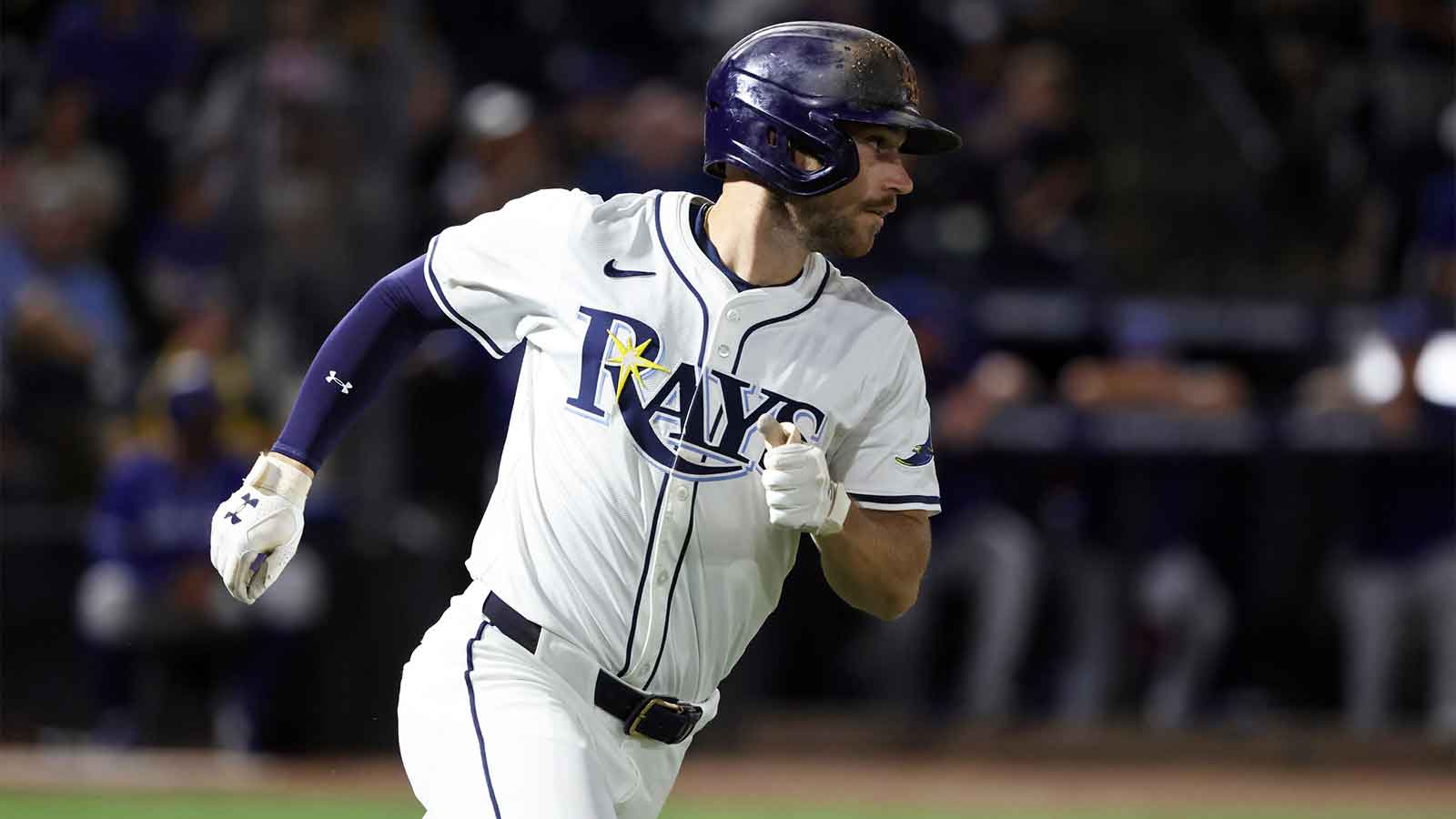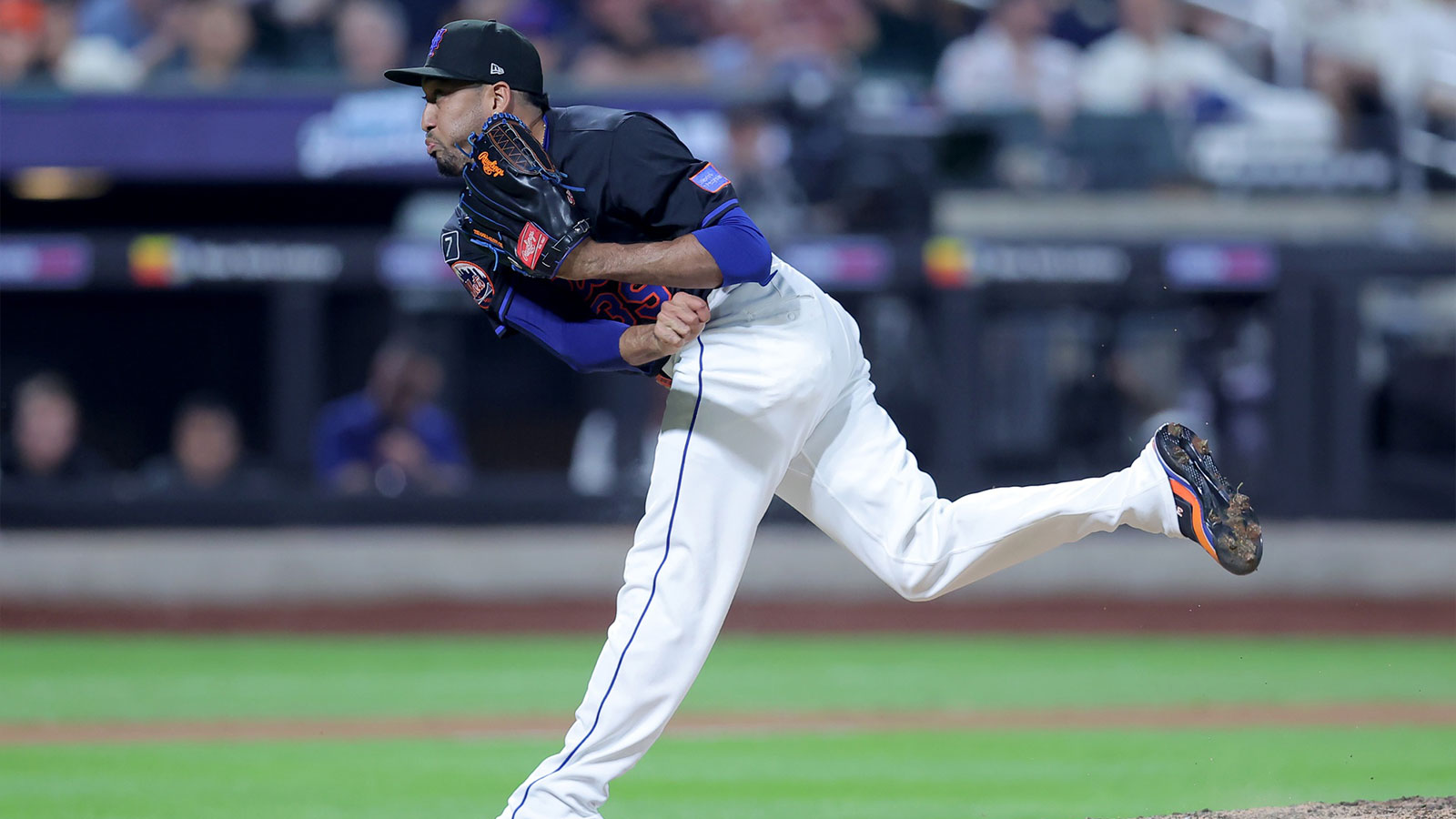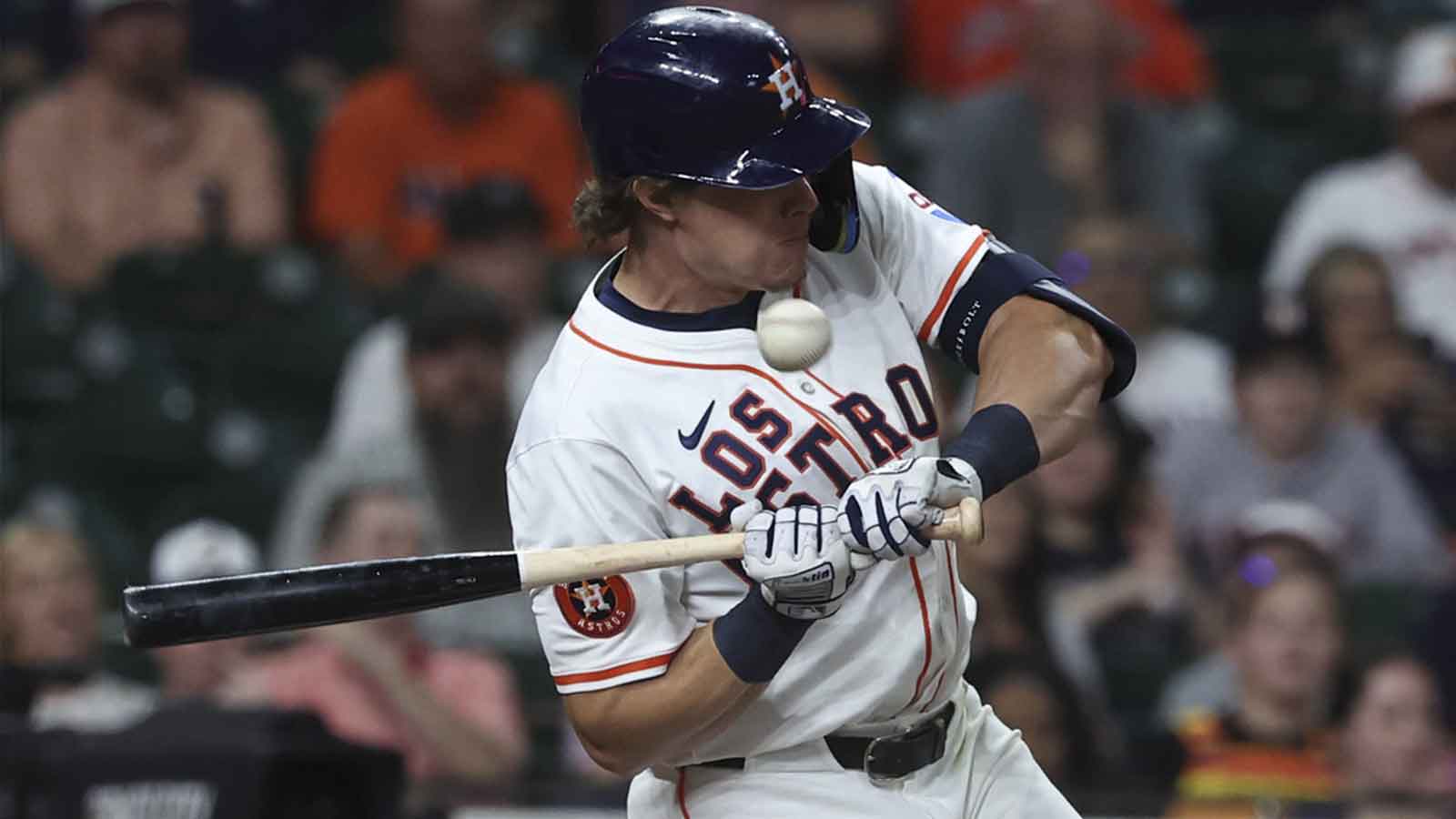The 2025 World Series reaches a final stage worthy of everything that came before it. Six games have already delivered extra-inning drama, a stadium-wall controversy, bullpen matchups on a razor’s edge, and star players answering the moment. Now the season ends in Toronto, where the Los Angeles Dodgers are looking to repeat as champions, while the Toronto Blue Jays are chasing the franchise’s first World Series title since 1993. Every move will be under a spotlight because neither club has much margin left.
Two different team-building approaches meet in this win-or-go-home Game 7. The Dodgers lean on high-end talent, big-game experience, and the confidence to push elite arms on short rest. The Blue Jays lean on depth, smarter inning management, and a lineup that keeps pressure on from the second spot through the seventh. Game 7 usually rewards the roster that can keep its plan intact the longest. A single early mistake, especially on the mound, can tilt everything toward the home dugout. That is why the opening three innings are likely to shape the entire night.
The biggest pressure point sits on the Dodgers’ decision to start Shohei Ohtani on three days of rest. It is bold, it matches their identity, and it also invites risk. Short rest often narrows a pitcher’s command window. Toronto has already shown an ability to extend at-bats and pile stress onto a starter who is not fully sharp. A loud Rogers Centre only increases that stress. If Los Angeles cannot glide through the first two innings, the bullpen plan arrives earlier than designed, and that is where the Jays have looked most comfortable in this series.
Below are three extremely bold predictions for how the finale could unfold. Each one reflects what the series has already shown — attack early vulnerability, maintain control with depth hitting, and close it out with airtight defense.
Prediction 1: The short-rest start opens a door and Vladimir Guerrero Jr. walks through it. Ohtani takes the ball to keep his bat in the order and to send an immediate message that Los Angeles plans to win the game with its best players on the field. The Blue Jays’ hitters do not chase the power; they aim to drive up pitch counts and force every mistake to matter. After three innings of seeing Ohtani’s full mix, every Blue Jay has adjusted. In the fourth inning, a single to center, a disciplined walk, and a sharp ground ball up the middle quickly load the bases and push Ohtani into trouble. Rogers Centre rises, the count runs full again, and the two-way superstar has already thrown more high-effort pitches than Dave Roberts wanted at this stage.
Roberts decides not to let the inning explode. He makes the early call to the bullpen. That move would normally stop the bleeding, but it creates the worst possible matchup for Los Angeles. Guerrero Jr. steps in with the bases loaded, his timing perfect after two strong earlier at-bats. His swing has looked faster and more accurate since Game 4, he has stayed on velocity, and he has waited for a mistake he can drive. The reliever comes in cold, missing location with his first pitch, and Guerrero unloads. A towering drive to left-center clears the wall, turns a manageable jam into a multi-run inning, and sends the Blue Jays’ dugout into full belief mode.
Guerrero’s swing does more than change the score. It exposes how thin the Dodgers’ pitching script becomes once the short-rest starter cannot bridge to the middle. Los Angeles now has to cover far more outs with relief arms than originally planned, and Toronto’s lineup is built to force those arms to keep working from the stretch. The early blow also allows John Schneider to manage from ahead, a spot where he has been decisive all series.
Prediction 2: Tyler Glasnow repairs the game for Los Angeles, but Addison Barger restores the gap. The Dodgers do not fold after the grand swing. They hand the ball to Glasnow to act as a bridge, eat innings, and buy enough time for their lineup to respond. Glasnow’s stuff is good enough to settle everything down. He attacks the zone, misses bats, and slows Toronto’s pace. On the other side, the Dodgers’ order manufactures two runs in the fourth and fifth, turning a comfortable Blue Jays cushion into a far tighter Game 7 than the crowd wanted.
The problem is volume. Bulk work in a winner-take-all setting asks a pitcher to be both starter and reliever in the same outing. By the sixth inning, Glasnow has gone through the heart of the order already, and his breaking ball has lost a little bite. Schneider senses fatigue and does not shift to small ball. He trusts the same depth bat that changed the tone of Game 1. Barger, who already authored one of the most surprising swings of the series, gets a fastball at the belt from a tiring Glasnow and drives it into the right-field seats.
The insurance homer matters because it erases all the slow, patient work the Dodgers just did to climb back into the game. It also reinforces a defining Blue Jays trait in this postseason, production has not come from only one or two headliners. Guerrero sets the tone, but Barger and other support bats keep cashing in when pitchers are on pitch 70 or pitch 80. That ability to punish a long, stressful outing is exactly what disrupts bullpen-heavy strategies, and Los Angeles has been living on bullpen strategy since Ohtani was moved off his normal rest.
Prediction 3: Jeff Hoffman is asked to close under fire, and Bo Bichette turns the biggest double play of his career. The Dodgers respond late, because that lineup rarely concedes. A run in the eighth cuts the margin again and forces Schneider to use his closer instead of trying to steal outs from a setup arm. Hoffman has handled leverage calmly throughout the series, but Game 7 pressure produces traffic. A leadoff single and a walk put the tying run on base, and Freddie Freeman steps in with everyone in the park understanding how often he has delivered in moments like this.
The drought ends with a gem. The Blue Jays finish their championship run exactly the way their season has been built — with defense setting the tone. Freeman rips a ground ball up the middle that might normally sneak through, but the Blue Jays’ positioning is flawless. Bichette slides over, fields the ball cleanly, and fires a crisp toss to short. The turn to first is smooth and on time, and Vladimir Guerrero Jr. stretches across the bag to record the final out. No panic, no extra pitch, no second chances. Just a composed, airtight sequence that captures everything the Blue Jays have represented this October — poise under pressure, execution in the field, and the long-awaited moment that ends a 32-year drought.
The three predictions all point to the same theme. The Dodgers are going all-in with an aggressive pitching strategy that leans on a short-rested ace being asked to cover more innings than the situation allows. The Blue Jays have countered by staying patient at the plate, converting early opportunities, and letting their supporting hitters deliver damage against a worn-down staff. When LA mounts its final push, Toronto answers with the kind of crisp infield execution that defines championship moments. It’s the natural conclusion to a series shaped by early momentum swings, relentless pressure, and defense that holds firm when everything is on the line.



















